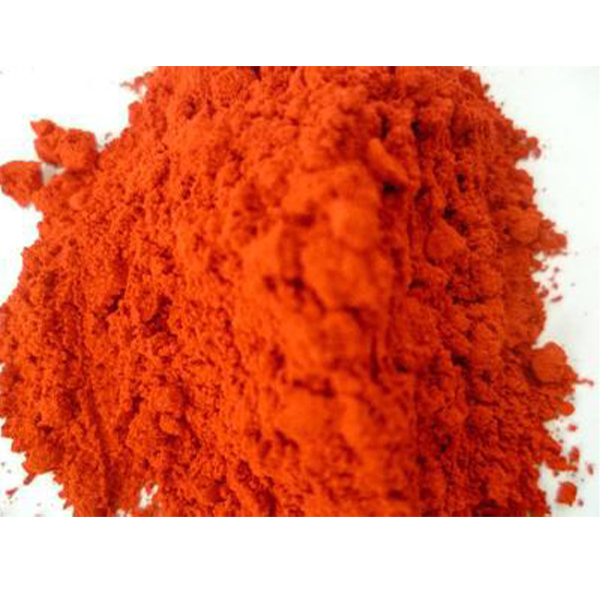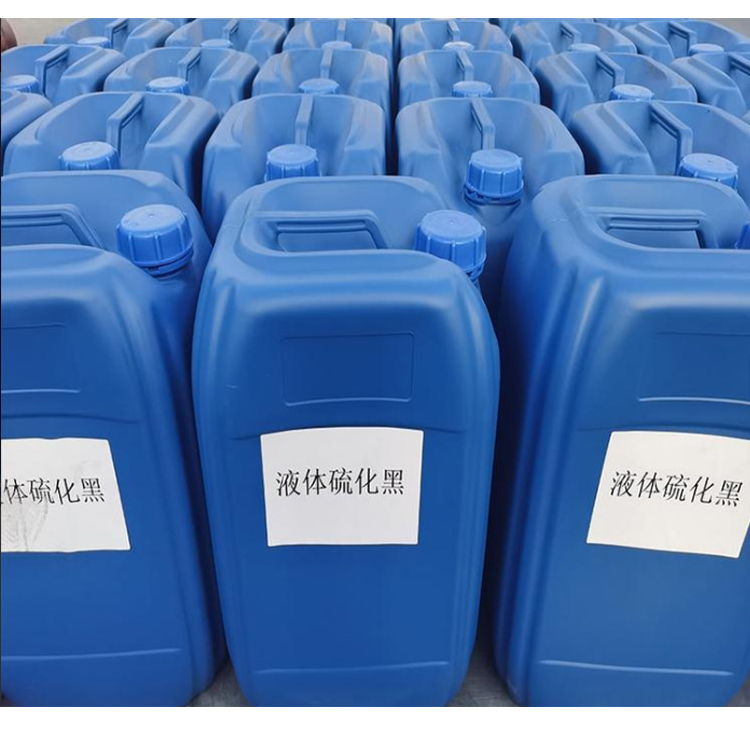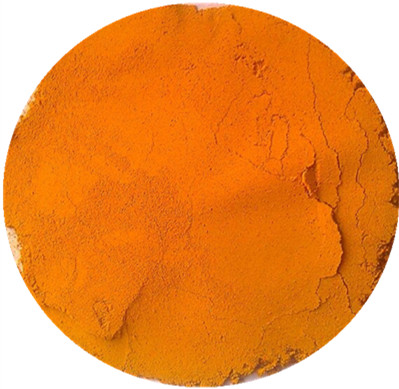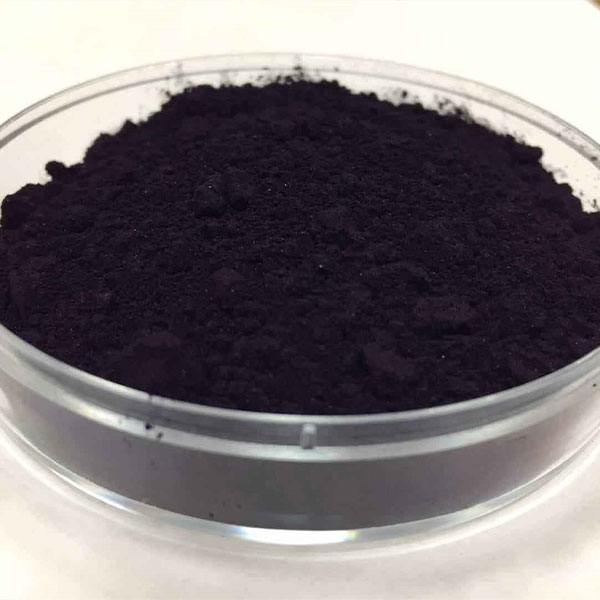Wholesale Dealers of Acid Yellow 4gn - Good Price Acid Orange II On Hot Sales –
Wholesale Dealers of Acid Yellow 4gn - Good Price Acid Orange II On Hot Sales – Detail:
Synonyms:C.I. 15510; C.I. Acid Orange 7; C.I. Acid Orange 7, monosodium salt; D & C Orange no. 4; Orange II sodium salt; 4-(2-Hydroxy-1-naphthylazo)benzenesulfonic acid sodium salt; Sodium 4-[(2-hydroxy-1-naphthyl)azo]benzenesulphonate; Orange Ⅱ; Acid Orange II Lake; Pigment Orange 17 (15510:1); sodium 4-[(2E)-2-(2-oxonaphthalen-1(2H)-ylidene)hydrazino]benzenesulfonate; sodium 4-[(E)-(2-hydroxynaphthalen-1-yl)diazenyl]benzenesulfonate
Property of Acid Orange II:
Appearance:Orange fine powder
Odor: Odorless
Physical and chemical property: melting point:164°C
Water solubility: 116 g. L (30°C)
Acidity coefficient(pKa): 8.26, 11.4(at 25℃)
Maximum wavelength(λmax): 483nm
Merck : 14,6858
BRN : 3898201
It is yellow in water with red tone and orange in ethanol and magenta in concentrated sulfuric acid. It is diluted to form brown yellow precipitate. The water solution is brown precipitated by hydrochloric acid and dark brown precipitated by sodium hydroxide. When dyeing, it tends to be red and dark when it comes to copper ion, light and dark when it comes to iron ion, with good discharge.
Application:It is mainly used for the dyeing of silk and wool fabrics, as well as leather and paper. Nylon can be dyed in formic acid bath. It can be used for direct printing on wool, silk and nylon. It can also be used as index agent and biological coloring.
Storage:store in a cool and ventilated room.
Quality guarantee period: 36 months.
Packing: 25kgs drum/paper carton/bag
Product detail pictures:

Related Product Guide:
With reliable good quality system, great standing and perfect consumer support, the series of products and solutions produced by our organization are exported to quite a few countries and regions for Wholesale Dealers of Acid Yellow 4gn - Good Price Acid Orange II On Hot Sales – , The product will supply to all over the world, such as: Latvia, Slovenia, Oslo, We are confident that we are able to provide you with opportunities and will be a valuable business partner of you. We look forward to working with you soon. Learn more about the types of products that we work with or contact us now directly with your inquiries. You are welcome to contact us anytime!
After the signing of the contract, we received satisfactory goods in a short term, this is a commendable manufacturer.








